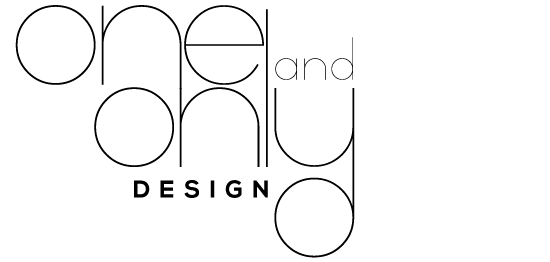
Visual communication is dynamic as it has always been a powerful tool for conveying ideas, emotions and thoughts. As digitalization expands, the use of visual language has become a necessity for every brand and business. Visual communication styles and skills have traveled across generations and geographies and continue to evolve at their highest level.
Let’s dive into the world of aesthetics, and discover the key concepts of visual language elements.
The Minimalist Way
With simplicity and clarity, minimalist design is a champion in the arena of design and visual communication. Great brands love playing around with this concept that only uses essential elements. Apple has always believed in this concept, and it was a pioneer brand in experimenting with a minimalistic design logo. As the word minimalist is self-explanatory, here the design principles and concepts revolve around creating a clean, sorted composition that holds a weight with its simplicity.
To convey a message effectively, minimalist designs often use ample white space, bold typography, and a limited color palette. Branding, web design, and contemporary art are some of the areas in which this style is particularly popular.
Evoke Emotions
Design and visual communication can evoke emotions. Colour is a vital element of design that is also capable of captivating attention, evoking emotions, lifting moods, and influencing human perceptions. The use of colors like red and yellow gives us an impression of energy, vibrancy and passion. OneAndOnly Design Agency, one of the top UI UX companies in Bangalore shares that “Financial brands mostly choose the color blue in their visual expression, such as American Express, Bank of America, HDFC Bank, CitiBank. Blue conveys trust, serenity, inspiration, and wisdom.”
It is possible to harmonize and contrast colors in various ways by combining complementary, analogous, and monochromatic color schemes. When one masters the art of color theory in visual communication, one becomes successful in adding emotional appeal to their narratives.
Artful Words
It is important to understand that typography is more than just selecting fonts; it is about transforming words into visual art. Fonts have personalities and evoke feelings. Have you ever noticed the fonts associated with kid’s products, shows, or anything else related to children? Comic Sans, Futura, and Caramelia Kids Handwriting Fonts are some of the popular fonts used by different brands. Kid friendly fonts are a good way to liven up a presentation.
As far as professional fonts are concerned, serif fonts often exude tradition and formality, while sans-serif fonts convey a modern and clean appearance. An element of whimsy can be added by using playful scripts, while the use of bold, uppercase letters can assert authority and authority. Visual communication is also about careful selection and usage of typography that can add uniqueness to your brand. A brand’s visual language shapes up how the audience interprets and engages with the content.

Balance It Right
Any UI UX design agency in Bangalore would never appreciate unbalanced communication in any form. Visual communication relies heavily on the balance between symmetry and asymmetry.
Symmetry, with its mirrored and balanced elements, creates order, stability, and harmony. On the other hand, asymmetry introduces dynamism, tension, and a more organic feel to a composition. Use these styles as per your message style. Tradition and reliability are the visual traits of symmetrical design. However, to infuse energy and provoke thought, visual experts use asymmetry.
Texture
A successful brand design must have depth and is only possible with the right texture. An important element of design is texture, which can be smooth, rough, soft, or gritty, and adds layers of visual interest. Designers can add a tangible quality to their visual narratives by experimenting with textures. Often, a brand incorporates textures that successfully stimulate feelings and attachments.
The texture of a surface may convey a sense of authenticity or age, whereas the texture of a surface may convey a sense of modernity and elegance.
Imagery
Visuals play an influential role in digital transformation. It is impossible to overstate the importance of photography and imagery. With the right set of images, brands are excelling at conveying narratives, eliciting emotions, and captivating audiences instantly. An important component of the visual language is the choice of images, whether photographs, illustrations, or graphics. Using negative space, framing, and composition can all influence the viewer’s interpretation of a visual message.
With the application of these concepts to visual language, brands can express themselves with exclusivity. Digitalization in communication has opened gateways to experimentation and exploration for effective message delivery and audience engagement. Visual communication is an incredibly rich field and navigating here depends solely on how you present yourself.
Recent Blogs
How to boost SEO rankings with the newest Chatgpt
9 Ways Google Tag Manager Will Improve Your Website
Top 5 International Branding Strategies to Find New Customers in Markets
Categories
Categories
- Branding (14)
- Case Study (6)
- Digital (50)
- Digital Marketing (41)
- Graphic designing (3)
- Performance marketing (2)
- Print and Packaging (2)
- UI/UX Design (11)
- Uncategorized (4)
- Web designing (13)
- Web Development (8)

